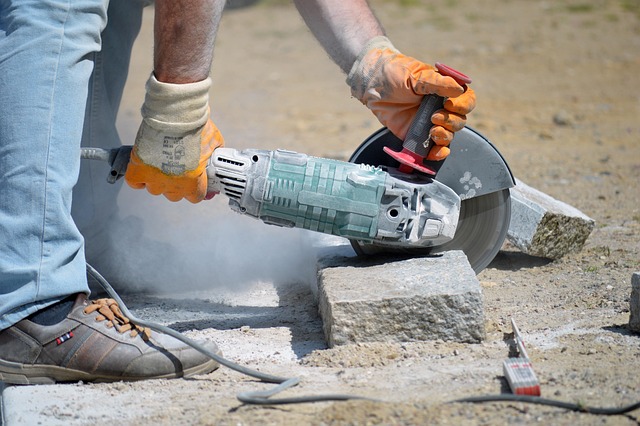Beginner’s Guide to Oil Painting: DIY Tips and Techniques
Are you ready to embark on a colorful journey that transforms your blank canvas into a breathtaking masterpiece? Welcome to the world of oil painting! Whether you’re an aspiring artist longing to express your creativity or simply looking for a relaxing hobby, oil painting offers an extraordinary way to unleash your inner artist. With a little guidance and some DIY tips, you can turn your artistic dreams into reality!
What You’ll Need to Get Started
Before you dive into the vibrant world of oil painting, let’s gather the essential supplies:
- Oil Paints: Invest in a basic set of oil paints. You don’t need every color to begin; just a selection of primary colors, black, and white will work wonders.
- Brushes: Choose a variety of brushes in different shapes and sizes. Natural bristle brushes are great for oil painting.
- Canvas: Start with pre-stretched canvases or canvas boards. These provide a solid surface for your work.
- Palette: A wooden or glass palette will allow you to mix colors efficiently.
- Mediums: Linseed oil or turpentine are common mediums that can help with paint consistency.
- Palette Knife: This tool is perfect for mixing colors and creating texture in your artwork.
- Easel: An easel will help you hold your canvas steady while you paint.
Understanding Color Mixing
A key to successful oil painting is mastering the art of color mixing. Start with the primary colors—red, blue, and yellow—and experiment by mixing them to create secondary colors like green, orange, and purple. Play around with adding white to lighten your shades or black to darken them. This will not only enhance your palette but also help you understand the relationships between colors.
Basic Techniques to Try
As you set to work, consider trying these fundamental techniques:
- Glazing: This involves applying thin, transparent layers of oil paint to create depth and luminosity. Start with a dried layer before adding your glaze.
- Impasto: Use thick paint to create texture. Applying paint with a palette knife can yield striking results and add a third dimension to your artwork.
- Scumbling: This technique works well to create a soft, diffused effect by applying a light, opaque layer of paint over a dry layer.
- Brush Techniques: Experiment with different brush strokes—long, sweeping strokes for skies, or short, choppy strokes for textured surfaces like grass.
Practice Makes Perfect
As with anything, practice is crucial in honing your oil painting skills. Don’t be discouraged if your first few attempts don’t look like what you envisioned. Each brushstroke is a step towards improvement. Set aside regular time to paint, perhaps by starting a series of small studies that focus on different techniques or subjects.
Choosing Your Inspiration
Finding subjects that inspire you is essential in maintaining your motivation. Whether it’s a beautiful landscape, a vibrant bouquet, or even a portrait of a loved one, choose what excites you. Remember, oil painting allows for personal expression; let your creativity flow and have fun with it!
Creating a Relaxing Space
Your painting environment can greatly impact your creativity. Create a space that feels inviting and calm. Surround yourself with materials that inspire you, whether that’s vibrant photographs, interesting books, or soothing music. Lighting is also essential. Aim for natural light, but if that’s not an option, consider using bright, daylight bulbs.
So, gather your supplies, set up your easel, and start exploring the world of oil painting today! Each stroke brings you closer to mastering this beautiful art form. Remember, art is not about perfection; it’s about expression and enjoyment. Happy painting!
